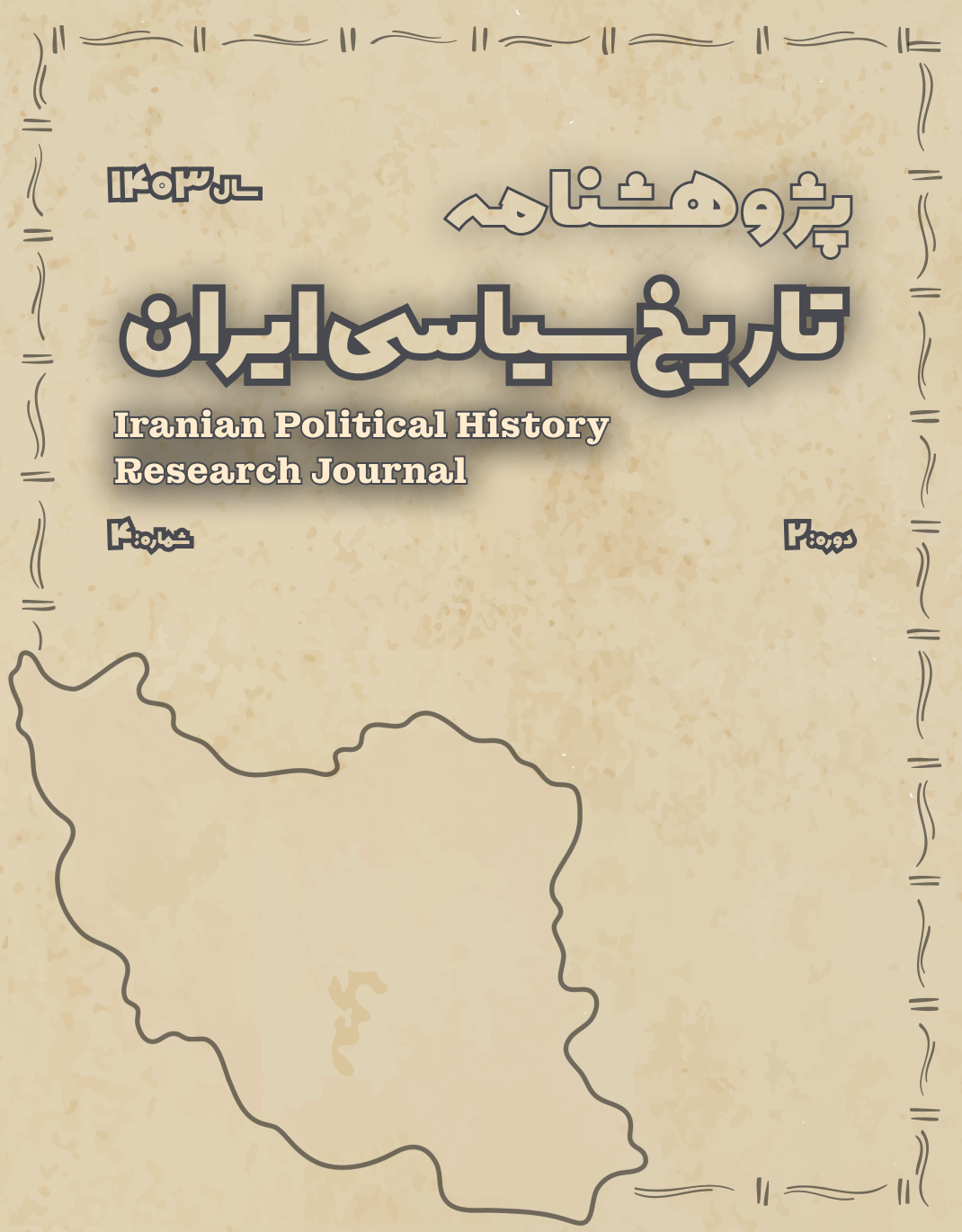Safavid Urban Policy: Reconstructing Spatial Order for Political Power (A Case Study of Isfahan)
Keywords:
Safavids, spatial policy, Isfahan, Naqsh-e Jahan Square, hierarchical order, political legitimacy, Shah Abbas IAbstract
This article analyzes the spatial policy of the Safavid state with a particular focus on the city of Isfahan during the reign of Shah Abbas I. Using a historical-analytical approach and drawing on both primary and secondary sources, the study demonstrates that the transfer of the capital from Qazvin to Isfahan was not merely a geographical decision but a political-symbolic project aimed at displaying power, religious legitimacy, and centralized royal authority. Public spaces such as Naqsh-e Jahan Square, Chaharbagh Avenue, integrated bazaars, and religious institutions like mosques and madrasas were part of a discursive architecture through which social order, religious unity, and hierarchical power structures were embedded in space. Employing contemporary theories of space and power, especially the perspectives of Lefebvre and Foucault, the research reveals that space in the Safavid urban context was not a passive backdrop for political and social events but an active agent in the reproduction of dominance and legitimacy. The redesign of Isfahan during this period represents an exemplary interaction between architecture, religion, and politics, through which the Safavid state established a spatial order that was both functional and symbolic. The findings also highlight the role of social groups such as merchants, religious scholars, and ordinary citizens in shaping and being shaped by this spatial order. The article concludes by suggesting further comparative studies of spatial policy in other Iranian cities and historical periods.
Downloads
References
Babaie, S. (2008). Isfahan and Its Palaces: Statecraft, Shi'ism and the Architecture of Conviviality in Early Modern Iran. Edinburgh University Press.
Blair, S. S., & Bloom, J. M. (1995). The Art and Architecture of Islam: 1250–1800. Yale University Press.
Canby, S. R. (2009). Shah Abbas: The Remaking of Iran. British Museum Press.
Floor, W. (2001). The Economy of Safavid Persia. Bibliotheca Persica Press.
Foucault, M. (1980). Power/Knowledge: Selected Interviews and Other Writings 1972–1977. Pantheon Books.
Grabar, O. (1990). The Mediation of Ornament. Princeton University Press.
Lefebvre, H. (1991). The Production of Space (D. Nicholson-Smith, Trans.). Blackwell.
Matthee, R. (2012). Persia in Crisis: Safavid Decline and the Fall of Isfahan. I.B. Tauris.
Necipoğlu, G. (1995). The Topkapi Scroll: Geometry and Ornament in Islamic Architecture. Getty Center for the History of Art and the Humanities.
Newman, A. J. (2006). Safavid Iran: Rebirth of a Persian Empire. I.B. Tauris.









